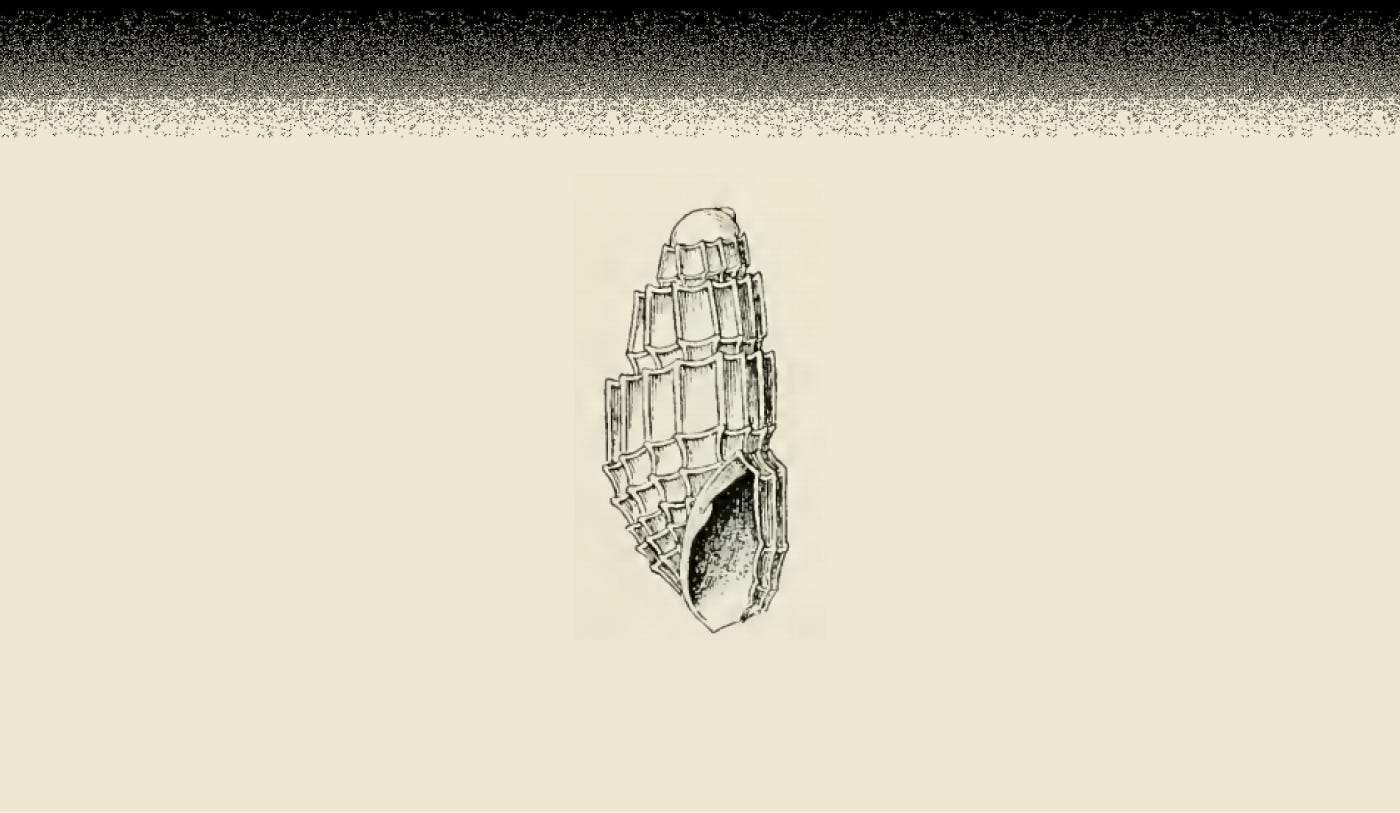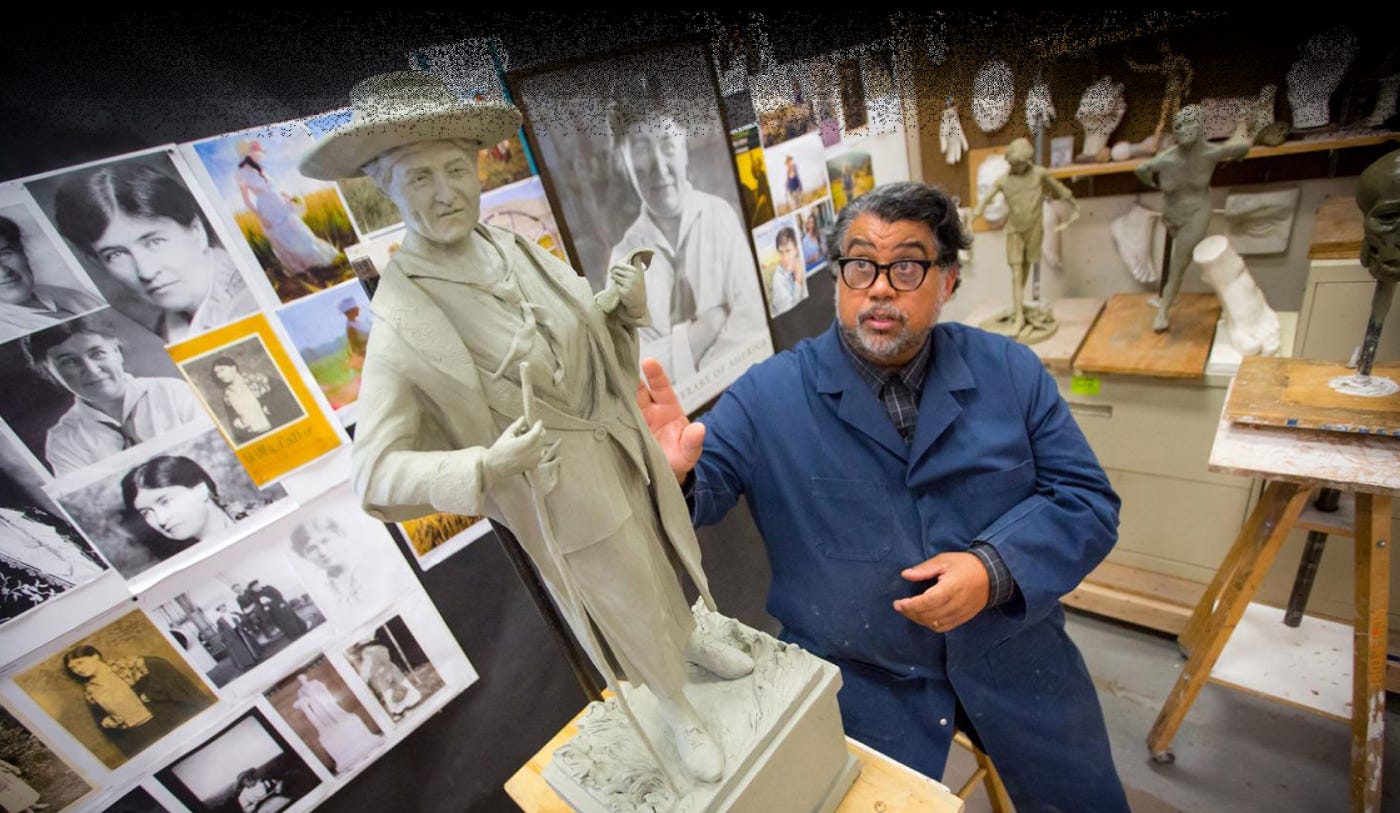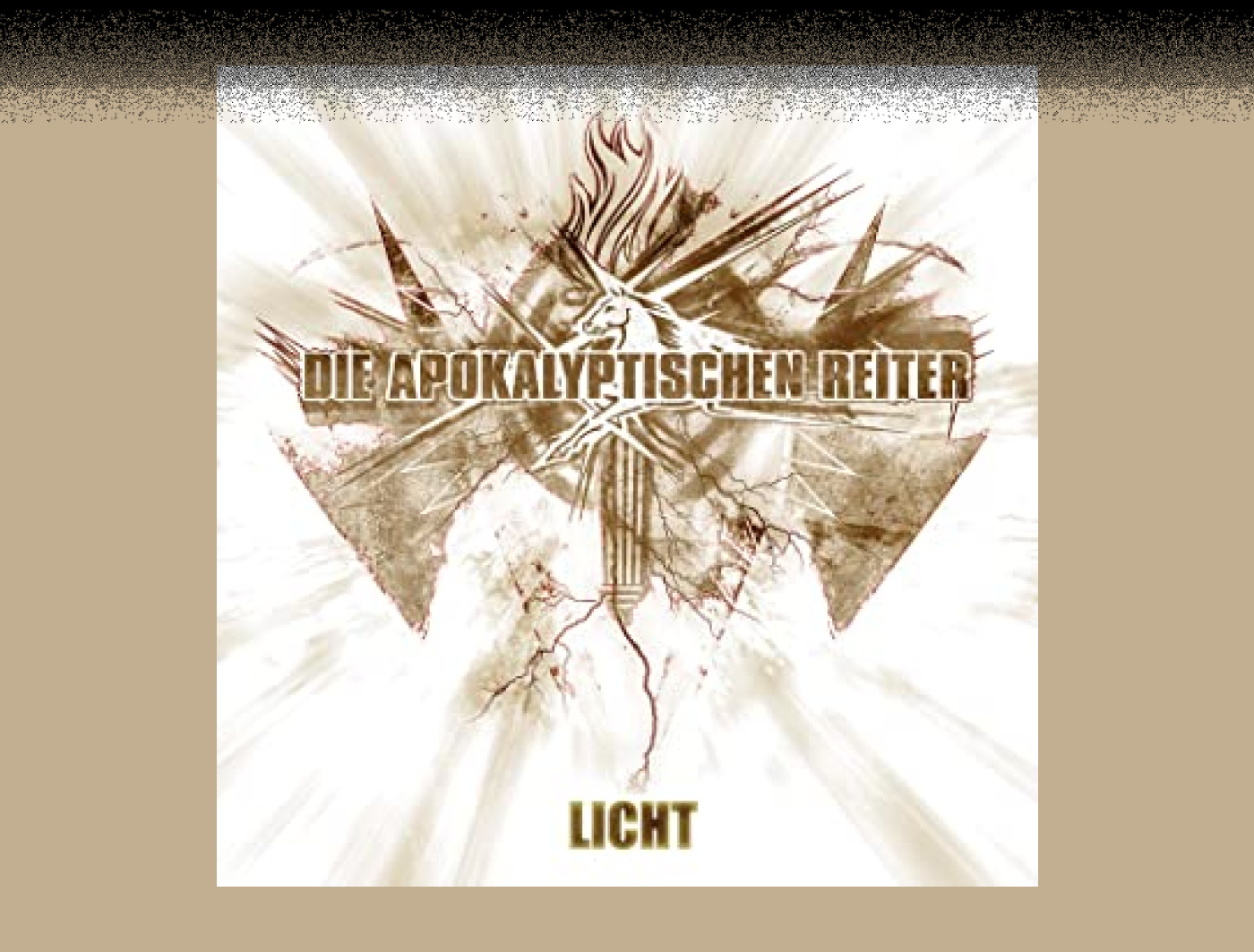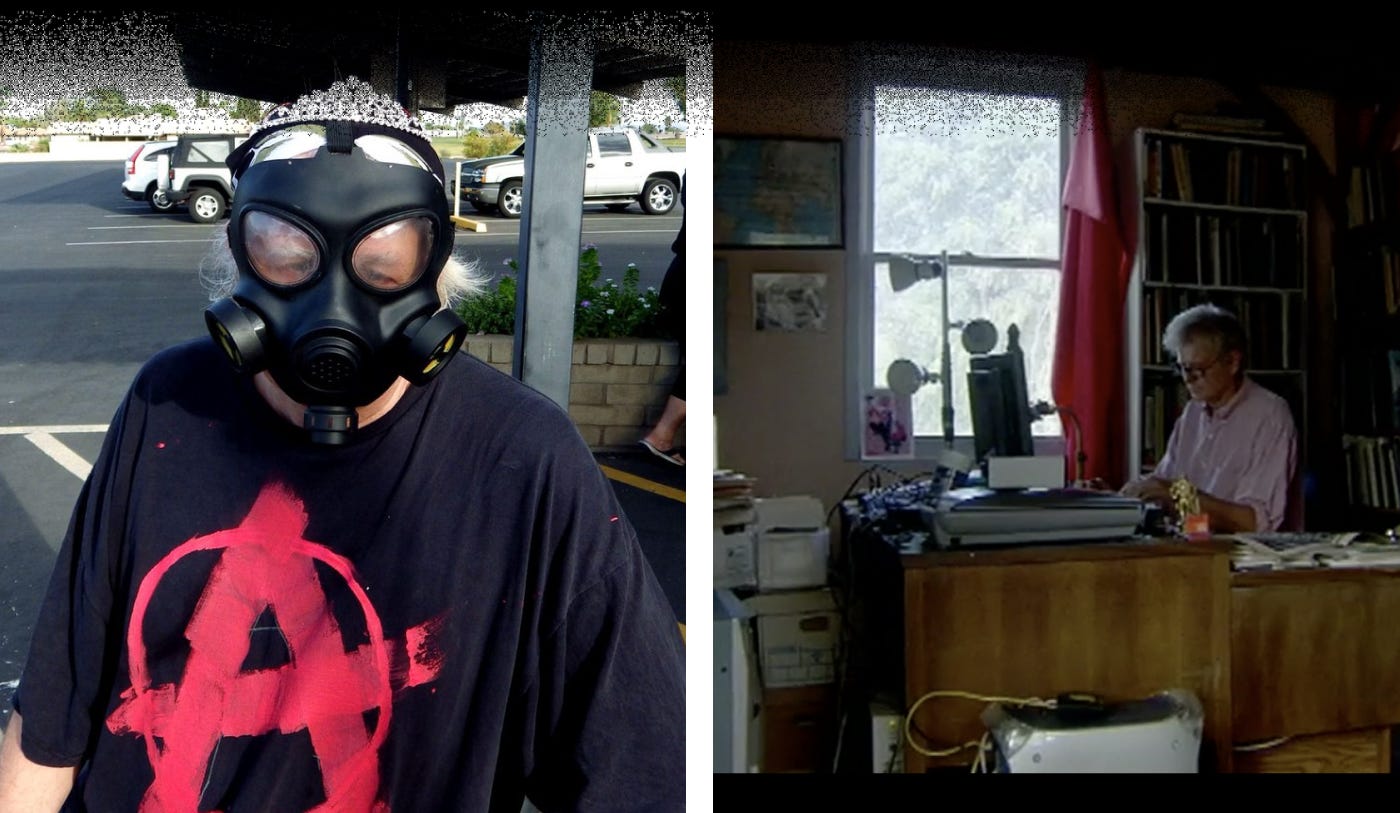Wikipedia: don't look a gift sea snail in the mouth
̷̨̩̓̓͌̓̇͘ ̴̢͖̈͋͒̇ ̷̝̗̺̰̬̲̩́͗͜͜ ̸̡͎͚̖̹̰͂̈́̓ ̷̧̘͓̮̯̦͙̔͂̀͛̈́̚͜ͅ ̴̧̺͕̬̖̠͍̒̈́̔̿̏̀̄̕ ̸͔͇̥͍̰͙̲̔̃̈́ ̶̝̩̗̜͍͍̅̉͊̂̿̏͠
In the outlands at the edge of a nameless sea, there is a Great Library. Years of erosion have hollowed out its dwelling inside a bluff. Its architects are clearly many: doric columns twist and rummage past iron railings from rock into sand; roofs conspicuously oscillate between gabled and domed.
You enter at the top floor through the entrance whose arch is chiseled with letterforms: "en.wikipedia.org"
You allow yourself to wonder for a moment if you've discovered Borges' infinitely stocked Library of Babel, but the clerk, as if hearing your thoughts, smirks at you. "Nope, definitely finite." Still, the number of volumes feels impossible. You walk down an aisle running your fingers along hundred of spines, taking one off the shelf. Dan Levy (Canadian actor). It is well worn, pages bent, stains you'd rather not identify. The volume is heavy, not because of its contents, but because of the ledger affixed to it. At the top, the year: 2020, and below it, a list of names far longer than the text itself. Millions of names on a scroll that would unfurl irreversibly if you were to drop it. You return it to its place.
"What if I don't know what I want?" you ask the clerk and they soundlessly point to a button at the end of the hall.
The button is blue, and when you press it, nothing happens, but a few minutes later a second clerk comes out of an elevator with another volume. 1960 in archaeology. Its ledger is shorter. 677 names. You toss it on the library cart and press the button again. The Art of Improvising. Again. Lianghekou Dam. Again. List of Australian sports songs. Radium Hot Springs. Mithu Chakrabarty.
Every once in a while, the clerk's journey takes longer than usual. You begin to wonder if they have gone home for the day, but eventually the elevator whirs, and they emerge from what can only be the bottom floor of the Library. Their shoes and the volume in their hands are both damp, victims of lapping tides. And yet the volume is almost pristine, its ledger has maybe ten inscriptions, sometimes fewer. And when the clerk adds your name to the bottom, it means something.
̴̧̧͍̖̓ ̴̪̱̹͍̫̜̰̖̮̿͊̈́̽͘ͅ ̶͎͇̞̙͙̪̰̭̝͕̮͋̂̽͒͝͝͝ ̴̡̥͍̲̟͕̬͆̆̊́̅͊͠ ̸̢̳̲̫̲̖͑̃͒̇͒͐̾̈́̎̊̍͂ ̶̧̣̝̭̬̹͎̼̗͉̎̍̌̃̇͌̂͘ ̴̧̤͙̬͓͎̪̲̻͐̄͗̈́͑̽̀
Ividella quinquecincta
Registry Gift Object #21, 15 views
The shell has an elongate-ovate shape. Its length measures 1.8 mm. The whorls of the protoconch are tumid, obliquely immersed. The four whorls of the teleoconch are flattened, strongly tabulated, shouldered at the summit, and strongly contracted at the periphery. They are marked by strong lamellar ribs, of which 12 occur upon the first, 14 upon the second, and 16 upon the penultimate turn. In addition to the axial ribs the whorls are marked by six strong spiral cords, one of which is at the angle of the shoulder and another at the periphery, the third falls a little anterior to the suture, while the other three divide the remainder of the base into four almost equal parts. The aperture is oval. The posterior angle is obtuse. The outer lip is thin, rendered angulated by the spiral cords. The columella is slender, curved, and somewdiat [sic] revolute. It is provided with an oblique fold at its insertion. The parietal wall is covered with a strong callus.
̴̢̦̗͓̫̱̺̘͗͑́̈̈́̀̽͐̎́̆̿̕͝ ̶̢̛̛͖̼͕̹͉̯̗̲̘͙̭̳̇̔̍̽͂̒̽̀̅̀̎͐̀͜ͅ ̴̡̤͈̦͛́̔͋̽̚͜ͅ ̷̣͈̘͍̣̜̬̮͎͋̚ ̷̨̛̠͇͙͉̈͋̃͘͘̕͠͝ ̶̻͎̀̂̉̐̿͐̉ ̷̟͐̈́͌̾̈́̍͑̈́͐͑͆͒̑̃̚ ̴̣͖̝̞̹͖̗̞͊̍́̅̇̎̍͐
"A paradox of gift giving, often alluded to," begins Clive Dilnot's The Gift, "is that when conducted as obligation, it is profoundly depressive." Who among us has not traded in this mode of giving, vocalizing the customary delighted thank you as we unwrap a something culled from a gift guide tagged with the intersection of our gender or familial role and some vague universalist interest like "coffee lover" or "outdoorsy," the generic precision of which will cause search engines to sing? It would be an all-inclusive insult for me to name one of these objects, because we are all guilty, to the extent that it is one of the truths universally acknowledged of our times that on your birthday you will receive a pair of socks, and on Valentines Day you will exchange a minimalist mug for a box of chocolates, both adorned with punny Hallmark cards that are dutifully opened and read before you carefully tear into the patterned wrapping paper.
There is a love in this kind of gifting, sure, but take a moment to zoom out on the cottage industry of what Dilnot calls "Gift Articles," objects that exist only because an R&D department determined it would properly catch your eye in the checkout line at Urban Outfitters and minimally fulfill the social and economic obligation of the gift ritual for the greatest number of people, and you may find yourself agreeing with his assessment.
A Cat Butt coloring book forever affirms that you knew that a friend likes cats, access to crayons notwithstanding. A brass-rimmed marble cheese board satisfies the aesthetic sensibilities of a lover that mostly just eats cheese straight out of the fridge at 11pm.
Upon crossing the threshold of being gifted, these gifts, if not for the law of conservation of matter, would probably cease to be anything at all.
There is a kind of webpage, engineered for virality, that fills a curiosity gap so shallow you hadn't even noticed it. This too is a kind of Gift Article, written not in order to be read, but to satisfy the minimum conditions of a thing-that-is-read, merely clicked or shared or passed through long enough to project ads onto irises.
But there is another kind of webpage, one that is seen by almost no one, has no mass appeal, and won't make anyone any money.
And even still, when you find it, it feels crafted specifically for you, because in a sense, it was. A pair of gloves hand-knit to fit your oddly shaped thumbs, a desolate planet of untraveled roads just waiting to be tramped upon.
̶̜̲̈́̽͋̈͌̐̒̑̀͌̑̋͘͝ͅ ̸̨̢̯͕̫̩̬̲̩͓̝̄̇̓͋̍̄́͒͗̂̉͑̚̚̕͠ ̷̜͎̲̱̝͙̣͚̀̂̈́̈́͂̓̏̓͜͠͝ ̶̭̯̰́̌̃̐̈́͒̈͋̍ ̷̞̳̹̬̜̗̼͓̀̅̉͊̇̈͘̚ͅ ̴̢̩̤͙͔̹̏͊̓̽̊̒͛̽͛ ̵̖̺̦̞̘͔̳̯͙̈́̉̎̈́͑̾̏̈͗̇̆
When sculptor Littleton Alston was eight years old, he noticed some classical sculptures outside a government building and asked his father who made them. His father told him that they were built by convicts. Alston is Black, and remembers himself thinking, “If these are what convicts are able to create, then I want to be a convict.”
42 years later, Congress, through Title 2 U.S. Code § 2132, authorized states to replace the statues in the National Statuary Hall Collection, recasting House Join Resolution 66, signed by President Lincoln in 1884, which invited each state "to provide and furnish statues, in marble or bronze, not exceeding two in number for each State, of deceased persons who have been citizens thereof, and illustrious for their historic renown or for distinguished civic or military services such as each State may deem to be worthy of this national commemoration." The National Statuary Hall Collection was originally meant to fill an empty room after the House of Representatives moved to a larger chamber. But by the time Nebraska's Legislative Bill 807 called for commissioning a new likeness of the author Willa Cather to replace the Statue of Julius Sterling Morton (Registry Gift Object #10, 6 views) in 2018, the collection and its contents were revered institutions.
A Willa Cather National Statuary Hall Selection Committee was assembled, and established The Willa Cather National Statuary Hall Competition, which drew more than seventy artists. Littleton Alston won the contract.
If gifting out of familial obligation is depressive, then what do we make of a gift mandated by over a century of House Resolutions, Congressional Codes, State legislation, ceremonies, formal proposals, and committees? Furthermore, who is doing the gifting (the committee, Littleton Alston, the government, the people of the state, the people who mined the marble, the sculpture's benefactors, Willa Cather, her estate, Julius Sterling Morton), what is being gifted (art, marble, memory, recognition, power), and to whom (visitors of the collection, the American people, the US government, Willa Cather, her estate, the status quo, the previously empty room)?
$200,000 in funds were secured to commission and move the statue, primarily thanks to a donation from Nebraska District Judge Laurie Smith Camp, who has since passed away.
The Willa Cather National Statuary Hall Selection Committee January Meeting Minutes detail, alongside a recommendation to bring in the Duke of Ellington School of the Arts Choir to sing at the ceremony ("it is the same high school Dave Chappelle attended and very high profile"), a discussion of what to do to honor Laurie Smith Camp's contribution. It was noted that "Laurie’s name could be inscribed on the pedestal or on the inside of the pedestal... somewhere on the work that will not conflict with federal requirements" and that "having Laurie’s children involved in the unveiling would be ideal."
̴̧̩̲̥̬͓̱̼̻͔̹̒̄͜͠ͅ ̶̧̦̪̩͍̲̅͜͜͝ ̷̹̪̺̖͚̥̓ ̵̭̙̼̝̺̲̈́͛̄͛́͑̒̒͑̾͒͘͠ ̶̨̛̳͉̟̞̗͖̼̹̩̬͕̳̬̏́̿̄͆̆̎͊̉̿̉͋̏̿̚͜͝ͅ ̵̧̢͖̰̝̥̺͕̫̪̜̞̼̏̏́̎̎͒́̂̉͋͊͑̓̑̒̔͌͜
If Dilnot yearns for a return to joyful giving, Jacques Derrida mourns the impossibility of such an endeavor. Within our capitalist society, he argues, the gift is a trapped in a paradox: in order to be a gift, it must be acknowledged, but upon acknowledgement, the gift becomes a debt to be repaid (whether through reciprocity or gratefulness), which destroys it.
Even if the recipient is not aware of the contribution, still, at the moment of gifting, the gifter begins "to pay himself with a symbolic recognition, to praise himself, to approve of himself, to gratify himself, to congratulate himself, to give back to himself symbolically the value of what he thinks he has given or what he is preparing to give."
The only way around this paradox, says Derrida, is a kind of radical forgetting: "not only must the donor or donee not perceive or receive the gift as such, have no consciousness of it, no memory, no recognition; they must also forget it right away and moreover this forgetting must be so radical that it exceeds even the psychoanalytic categoriality of forgetting. This forgetting of the gift must even no longer be forgetting in the sense of repression."
If this makes little sense to you, know that this a typical exercise for Derrida: taking two opposite, incompatible words or ideas, and finding the language to suggest that both can happen simultaneously. So imagine with him, for a moment. Squint at it: a gift that exists, and is experienced, but in the same moment that it is experienced, its gift-iness is completely and utterly forgotten.
̶̡̠̫̟̾͌̆̏̿ ̵̧͚̼̀͗̿ ̵̡̡͎̻̖̇͝ ̸̧̡̙͐̆̏͝͠ ̸̧̬̠̙̳̂͊̌́ ̸̢͎̳̝̀͊͌́̈́͘ ̷̲͚͕̹̜̏̈́̐̽́ ̴̨̤̩̹͔̘̂͌̌̓ ̵͓̌̇̚
Licht (Die Apokalyptischen Reiter album)
Registry Gift Object #9, 5 views
"It's Getting Worse" - 4:07
"On Love" - 3:09
"We Are The Light" - 3:03
"After The Ebb" - 3:33
"Adrenaline" - 3:42
"The wretched" - 5:32
"Today is the day" - 2:46
"We Hope" - 3:54
"The Way" - 3:30
"A little light" - 4:25
"Shall Rise In Glory" - 4:36
- Tracklist translated into English
̷̢̦̘̗̙͔̬̼̩͊̌̋̇̎̈́̓͐͛̈́͝ ̸̨̛̛̣̺̲̞͔͍̯͔̗̻̿̀̌̔̃͒̿́̊ ̸̛̱͔̱̗̇̿̏͑̓̂̈́͋͌͑̾ͅ ̴̢̩̫̰̙̤̤͕̬͚͙̟͗̈́̊̅͐͂͌̽̕͝ ̴̡̦̪̜̍̓̾̑͊͒̀̈͒̿̚͜ ̸̤́̉̄̌͒̾͝ ̴̧͇̦̻̰̬̆̈́̈́̔̽͋̈̒̐̏͘̕ ̸̧̡͉̭̹̭̫̱͇͙͉̎̆̓̈͗́͘͜͝
Every Wikipedia page, believe it or not, is conceived by a human. In the case of Ividella quinquecincta, and most of the 34 sea snail pages contained within The Registry, that human is a retired man from Belgium who goes by the handle JoJan. JoJan founded the Gastropod Wikiproject, whose members have authored and edited tens of thousands of pages about snails and slugs (JoJan himself has authored 3,883 pages).
If you are one of those people that mourns the death of the early hobbyist web, where Myspace profiles could be laid out however you pleased, aesthetics be damned, you might find some comfort in Wikipedia user pages. They're equal parts manifesto, AIM away message, early aughts Facebook wall, to do list, and gratitude board. Wikipedia user Carptrash (carp, his page explains, as in "to find fault or complain querulously or unreasonably", and trash, as in "if you don’t know “trash” you probably won’t do very well on English Wikipedia") devotes real estate to a photo of him in a tiara and anarchist t-shirt, a long list of words and phrases (ex. "the fact is," "obviously," "I think we can all agree...") that are, in his opinion, code for "in my opinion", a gleeful nod towards an editor who corrected a typo Carptrash made 5 years prior, pictures from his failed attempt to create a Wikipedia page about Phallic architecture, and newsletters from a group called Women in Red that tries to reduce systemic bias in the wiki movement by creating more pages about women (thereby turning links with their names from red to blue). Another user dropped a link to the Wikipedia page for medieval Indian milestones called Kos Minar with the friendly message "ran across this article, and surprisingly it made me think of your hobbies. Hope all is well."
But all of this pales in comparison to his wall of "Barnstars", the Wikipedia version of kudos. Under the heading of "I do feel good about these," Carptrash's page displays dozens of Barnstars he has been awarded for teamwork, diplomacy, good humor, and photography, alongside more specific Barnstars, such as "Defender of the Other Woman," awarded for creating a page about Verita Bouvaire-Thompson, an actress/hairdresser who had a long affair with Humphrey Bogart. To date, Carptrash, whose given name is Einar Kvaran, has made 39,691 edits, ranking 2,337 among other Wikipedians. Most of these contribution are on the theme of American sculptural art, including Statue of John Gorrie (Registry Gift Object #14, 11 views), Statue of Julius Sterling Morton (Registry Gift Object #10, 6 views), and Statue of Marcus Whitman (Registry Gift Object #8, 5 views).
What's his motivation? Like other Wikipedia editors, he doesn't earn any money for his labor, which according to a Wired interview conducted in 2005, fills 6 hours each day. Kvaran, who is the great grandchild of Iceland's first prime minister, lives in New Mexico, is in his 70s, and describes himself as an "art historian without portfolio." At least as of 2010, he drummed in a band called Kodai Road (you can listen to their song "The Night I Fell in Love With Dolly Parton" here). "I think of myself as a teacher," Kvaran says in that same Wired interview.
At the same time, his Linkedin profile lists Wikipedia under Education rather than Experience: "they don't offer degrees, but you can learn a lot [while] editing."
To be sure, there is value derived by Kvaran in exchange for his labor: he learns, and he receives clout, not to mention community, from his fellow Wikipedians. He proudly displays his well-earned Barnstars.
But when it comes to the relationship between author and reader, the exchange is far less direct. Kvaran does not seem to be deciding what knowledge to fill with any awareness for demand, or he would probably spend his energy on the Wikipedia articles about QAnon, Marvel Films, or Elon Musk, rather than pages about statues with annual views you can count on two hands.
In an unaired portion of an interview with BBC, Kvaran puts it this way: "I think of it as in documentary terms... it's trying to just put as much information in one space as possible."
̸̧̱̰͍̭̯̞̦̦̼̕ ̴̛̙͒̑́̌̆̔̓͘ ̶̱̞̦̙̱͓̯̦̀̑̒̆̚ ̵̢̧̨̻̖̣͔͙̼̭̙͕̼̂̉̐̊̋͒̒́͝͠͝ ̷̢̛̜͉̟̥̹̫̱̟͉̅̇̿̍̐͘ͅ ̶͖̰̦̬̤͐̂̉̅͆͒͊̌̽͋́̐̈̀͘̕͝ ̸̨̨͎̯͔͖̭̠̥̥̳͈̣̞͎̉̃̐͜͜
In her book Corporeal Generosity, Rosalyn Diprose take Derrida's theory of forgetful giving and politicizes it:
"Emphasizing the way that the gift does its work only by being forgotten and then through the dispersal of presence overlooks how, in practice, the generosity and the gifts of some (property owner, men, wage earners, whites) tend to be recognized and remembered more often than the generosity and gifts of others (the landless, women, the unemployed, indigenous peoples, and immigrants). It is the systematic, asymmetrical forgetting of the gift, where only the generosity of the privileged is memorialized, that social inequities and injustice are based."
Derrida is interested in theoretical absolutes — the point of maximum tension between what is and what can't be — but Diprose is more interested in examining this forgetfulness on a spectrum. In doing so, she elevates the marginalized, forgotten forms of gifting, while rejecting our society's most exalted and "altruistic" as nothing more than cogs in the wheel of debt and exchange. When comparing givers — a philanthropic billionaire and a mother at home caring for her children, a brain surgeon and the person who cleans the floor after flesh is sealed shut — the litmus test becomes simple: who do we hail as miracle workers and put on the cover of magazines, and whose bodies are forgotten and discarded the moment we take from them?
We can read the pages named in The Registry, but it's safe to say they weren't written for us. At the same time, we can observe, as outsiders, an example of gifting in which both the doner and donee have radically forgotten the gift. And if the process of re-seeing the unpaid labor of a wikipedia sea snail editor doesn't compel us, perhaps we can take this as an opportunity to see the gifts all around us.
̷̨̩̜̩̭̭͎͚͉͚̜̥̔̑̓̔̕ ̶̫̻̲̦̼̞̣͇̝͝ ̸̡̼̫̞̭͍̏͌̋̓͆͆̋̆̍̈̍̾̔̌̈͘̕͘ ̵̧̢͎͇̳̬̞͕̖̈́̄̀͌̈́͊͗̄͗̐̑̚͘ ̶̠̳̼̩̭̟͍̀͐́̽̄̓̄͛̕̕ ̷̢̹̟̭̯̤̳̤̹͔̪̾͜ͅ ̷̧̢̧̘̗̼̳̖̠̹̺͈̥̩̺̩̇́ ̴̡̡̨͓̰͓̭͓̙͙̫̠̰̓̃̅̄͌̍̀́́̏̑͑̈͛̃̄͝͝
Tomanová Formation
Registry Gift Object #1, 1 view
Two specimens (field observation from Czerwone Żlebki—specimen from Fig. 2A and specimen collected from Czerwone Żlebki and deposited at Tatra Mountains National Park, Zakopane, Poland; Fig. 2D) of tridactyl Anomoepus−like footprints were discovered at Czerwone Żlebki. Both tracks are preserved as natural moulds and are partly eroded and slightly deformed but their morphology (with short digit III which is also separated from the other digits) and size (both are about 15 cm long) are characteristic for the ichnogenus Anomoepus (Olsen and Rainforth 2003). The angle between the digits II and III varies from 25 to 42, while the angle between the digits III and IV varies from 26 to 57.
- Excerpted from A Late Triassic dinosaur−dominated ichnofauna from the Tomanová Formation of the Tatra Mountains, Central Europe, found through the Wikipedia page
̷̦̲̹́͌̃̕ ̶̨̏̐͗ ̴̨̖͈͈̘̍́̉ ̴͓̖͗ ̶̜̜́̿ ̴̧͔͙͕̩̲͋̈́̿̈́̿̚ ̷̢̤̯̜͖̗̀͌͘ ̶̗̞̇̉̃͆ ̷̯̞̠̩̟͐͗
Reply with your thoughts and reflections. What dusty swamp corner of the internet should I explore next?
̸̹̫̜̊̉͆͋̿͠ ̸͚̲̪̙̤̤̍̔̽̃̑ ̴̧͓͚̤̜̩͔̘͖͑͜ ̵̬̘̇ ̸̨̘̬̟͙̬͐̏̔̿͝ ̸̘͇̣̮̈́̈́̄̄͗͋ ̵̢̢͕̗̫̹̘͈̃͜ ̴̟̳͔̱̖̓̓̑̂̊̓͗̊ͅ ̸͇̲̠̩̞̞̭̩̝̂̀͑̈̆ͅ ̴̮͇͔̬̬̹͂͑̽̃̃̅͑̈́̆̀̈́ͅ
A note on methodology: I wrote a script that hit fetched a page through Wikipedia's random page API, and then asked their PageViews API how many human (rather than bot) views the page received in 2020. As far as I know, the API would consider two visits from the same user as two distinct views, and it's possible some of these views came from the editors themselves. I ran this script on something like 50,000 pages, removed any pages that were super short, and also any pages that were created in the year 2020. Anything else with fewer than 48 views is included in The Registry.
Special thanks to Tom Meagher for help fixing a pesky bug in the script.









